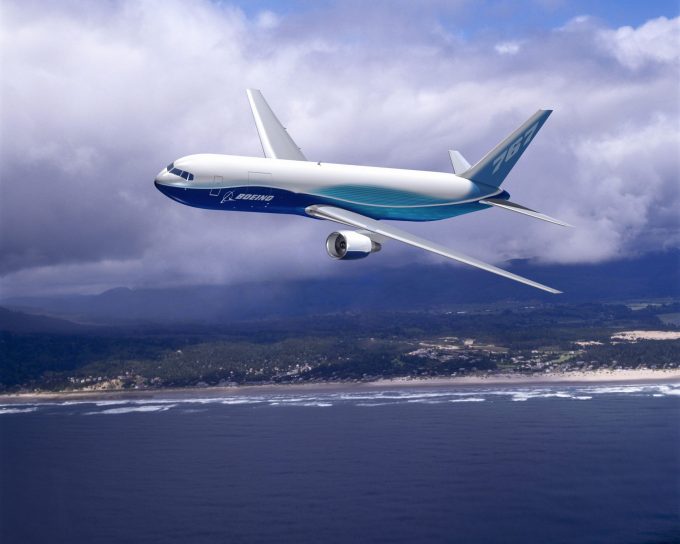Kenya Airways eyes bigger freighters to cope with demand
A booming African market is sending Kenya Airways to get out its orderbook to acquire ...

As it prepares for the arrival of its first 767-300 freighter this summer, Air Canada (AC) has revealed the markets its emerging all-cargo fleet will target.
The initial focus is on Latin America, followed by Europe as the fleet grows.
AC is converting seven 767-300ERs into an all-cargo configuration, with all expected to be in service by the end of 2022.
The first plane is due to arrive in August or early September and will enter regular service in October, but AC intends ...
Asia-USEC shippers to lose 42% capacity in a surge of blanked sailings
USTR fees will lead to 'complete destabilisation' of container shipping alliances
New USTR port fees threaten shipping and global supply chains, says Cosco
Outlook for container shipping 'more uncertain now than at the onset of Covid'
Transpac container service closures mount
DHL Express suspends non-de minimis B2C parcels to US consumers
Zim ordered to pay Samsung $3.7m for 'wrongful' D&D charges
Flexport lawsuit an 'undifferentiated mass of gibberish', claims Freightmate

Comment on this article